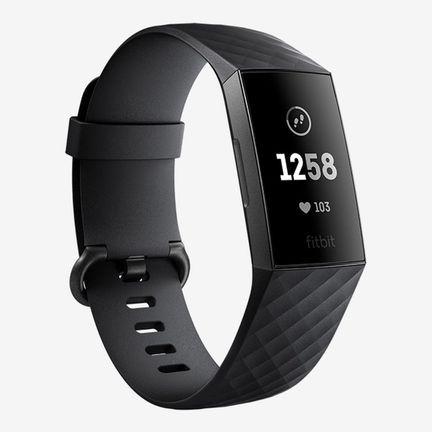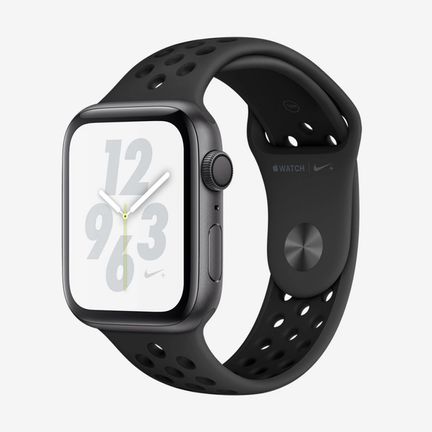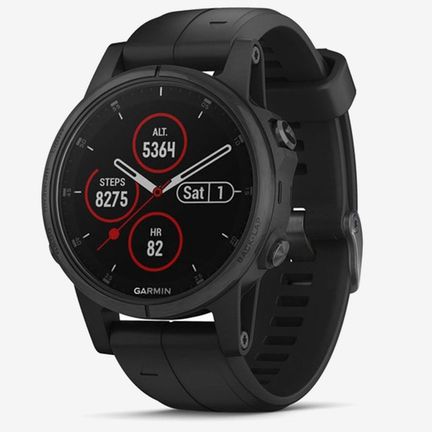

Does wearable tech really improve fitness?
As modern fitness tech develops, we help you differentiate between the beneficial, detrimental, and the grey area in-between
Words: Tom Cleminson
Since Apple first introduced notifications to lock screens in 2013, our phones have become part of our biology. Netflix’s autoplay feature has made binging the new norm, and we’re forever waiting for the latest like, comment or share to flash up on our social media. We’re technology addicts, and it’s hardly surprising. Technology has been engineered to capture our fullest attention and alter our behavioural tendencies.
Which begs the question – can our tech addiction be used to our benefit? Does, or can, wearable tech stand a chance of improving our health and fitness?
As the co-founder of personal training service FITcademy, this is a space I’m constantly monitoring and one clients often ask about. If I were writing this article a couple of years ago, then the odds of wearable tech raising fitness wouldn’t look good at all. With only essential functionality around one third of users who bought fitness trackers stopped using them within the first six months, and more than half eventually abandoned them altogether.
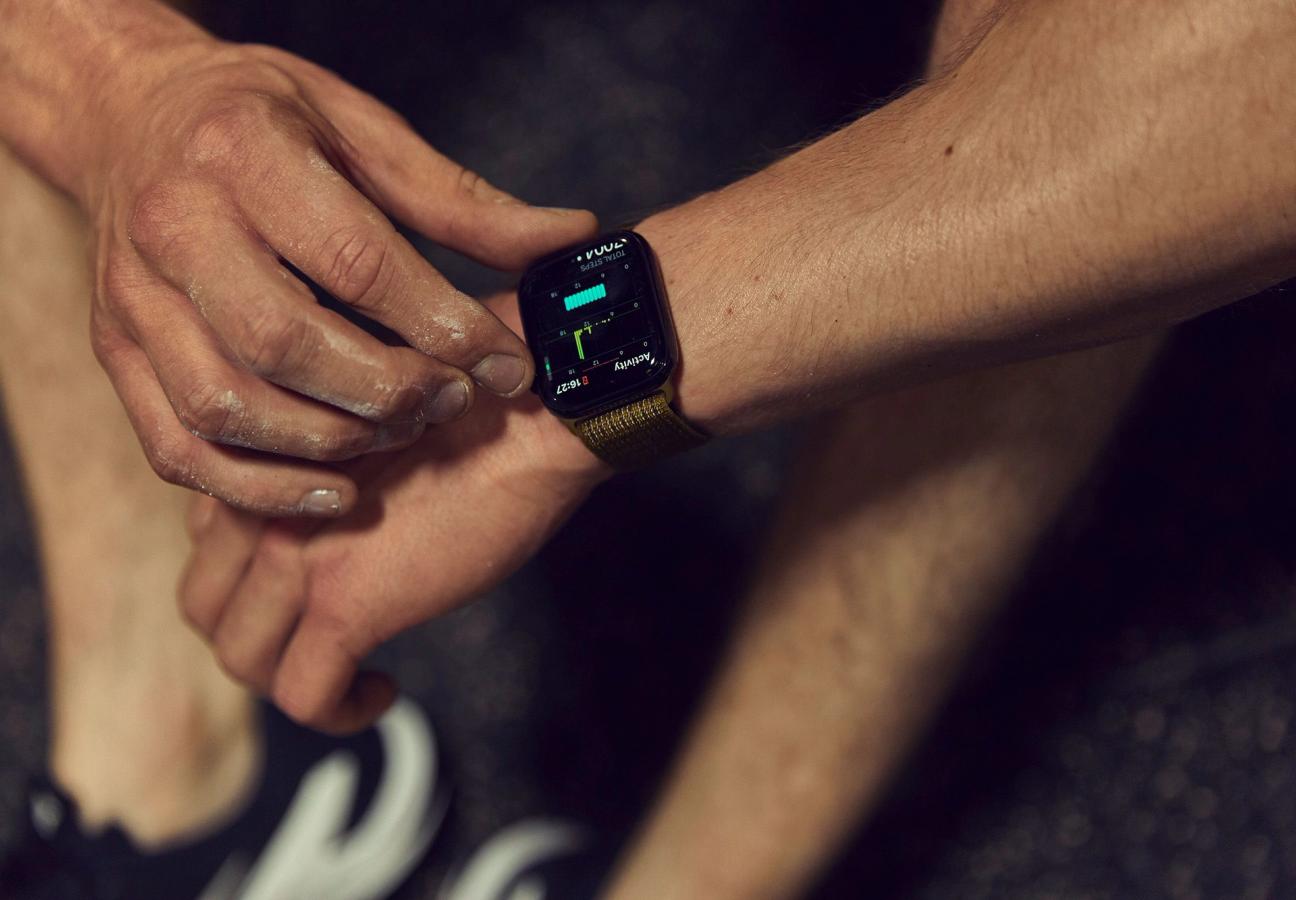
But since then, technology has powered forward hand-in-hand with the fitness industry. Couple the continuous development of silicone tech with the dawn of the educated user and an improved understanding of the health benefits of the features included in most trackers and you have a new, potent combination — one that stands a genuine chance of getting people fitter, and healthier.
From function to fashion
Ignoring the fitness features, the overall appearance of wearable tech has completely changed. While the very first Fitbit offered an old school, clunky interface and unflattering design the latest generation of smartwatches and fitness trackers boast sleek lines and polished aluminium cases far closer to modern mechanical watches.
This change has proved huge as users now automatically strap wearable tech to their wrists in the morning as a fashion statement, not merely for functionality. The Apple Watch 4 has taken this a step further. With interchangeable straps and partnerships with brands such as Hermes and Nike, it offers innovative and desirable displays that work around users’ fashion preferences, creating wearable tech that is finally used because of, rather than in spite of, the way it looks.
From amateur to athlete
In the early days of fitness trackers, you’d get a less than accurate step counter, clock functionality and perhaps a heart-rate monitor if you were willing to splash the cash. Modern-day trackers have revolutionised that. By offering detailed analytics for numerous sporting pursuits, manufacturers have opened up the market from those that want to increase their daily step count and lose a bit of weight to the serious athlete.
Trackers like the Garmin Marq Athlete GPS smartwatch offer performance metrics on almost every sport imaginable. All the major pursuits are catered for, as well as more niche sports such as surfing and fencing, while maps and GPS tracking allow users to find the best cycling and running routes wherever they are in the world. The features list is so long we’d need a whole new article to explain them fully. All in a package that fits on your wrist, looks incredibly sleek and is priced at no more than any other luxury watch (and considerably less in some cases).
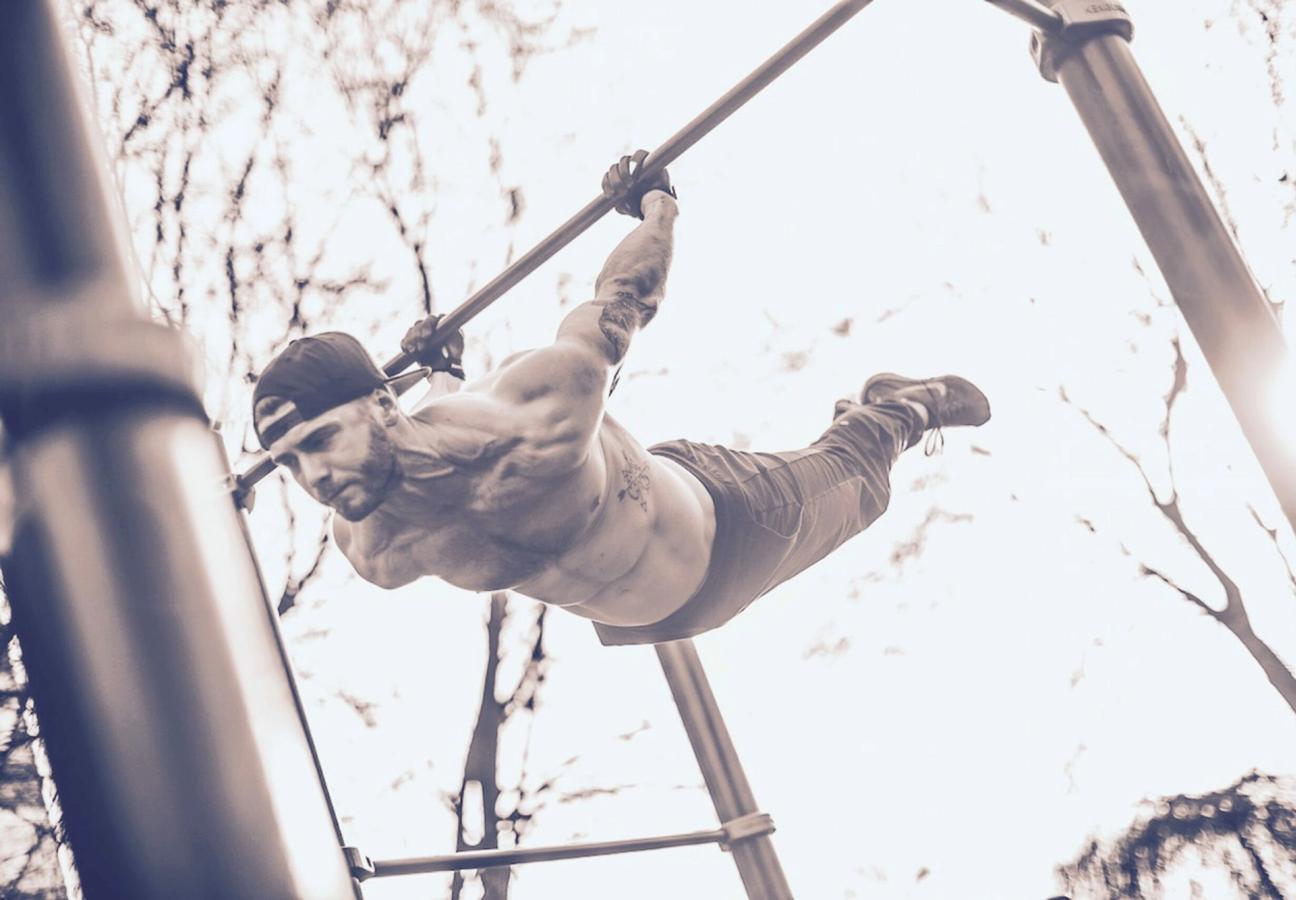
From monitor to motivator
It’s not just for the elite either. Entry-level trackers provide an great amount of support for those just starting in the world of fitness. Prompting users to stand more, set daily movement goals and schedule workouts, manufacturers have gone over and above to ensure wearable tech is accessible at any level.
The Apple Nike+ watch, for example, comes pre-installed with the Nike Training Club app. Automatically syncing to your iPhone health app, all of your metrics, from resting heart rate, to step count are immediately available at the touch of a button.
From humble beginnings, manufacturers have worked hard to turn wearable tech into products that are functional, stylish and user friendly. Offering support, guidance and tracking, it now seems as if the only things they can’t do are cook a Sunday roast and actually force you to workout – although I’m sure the Apple product development team is working on it.
Check out our favourite fitness trackers that will help get you moving, no matter your level:
Head this way for more sport gear to invest in this summer…
